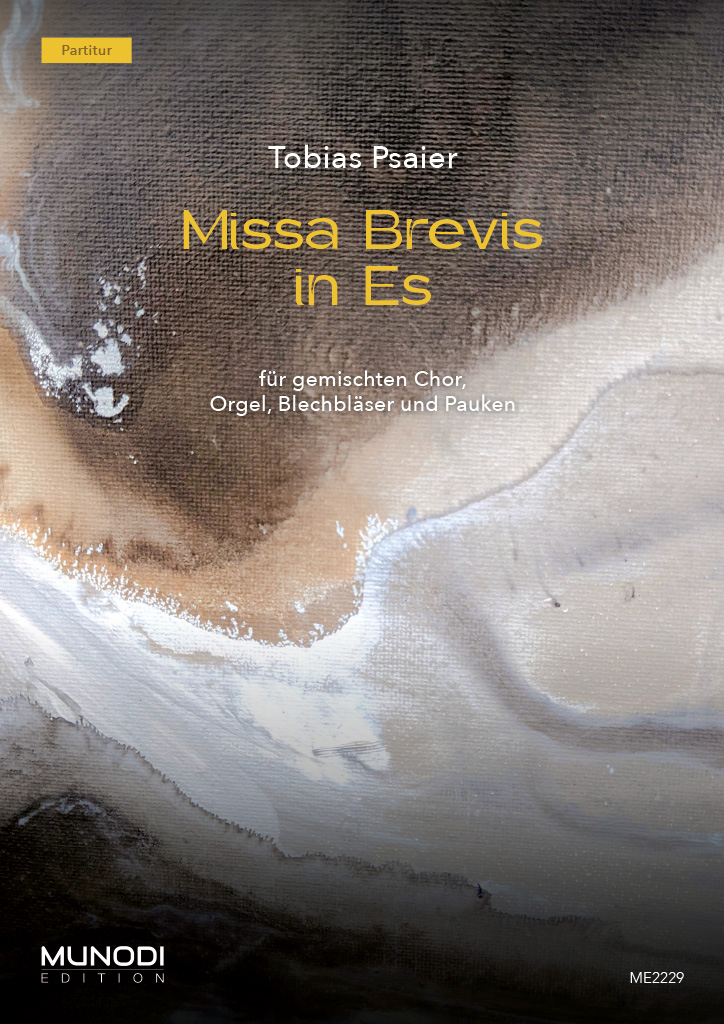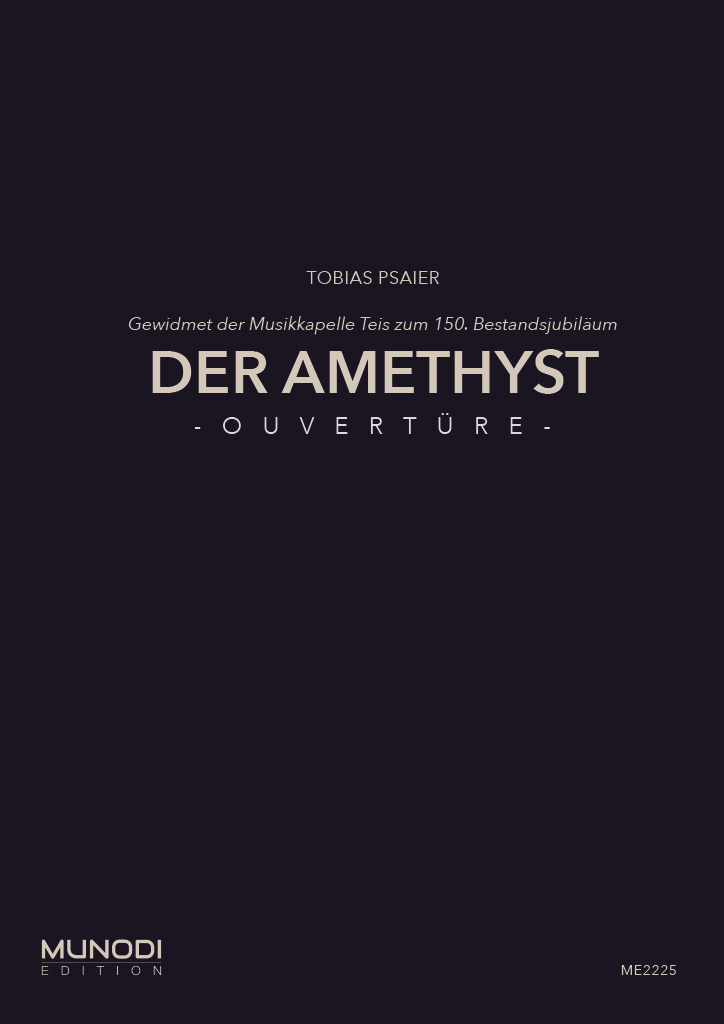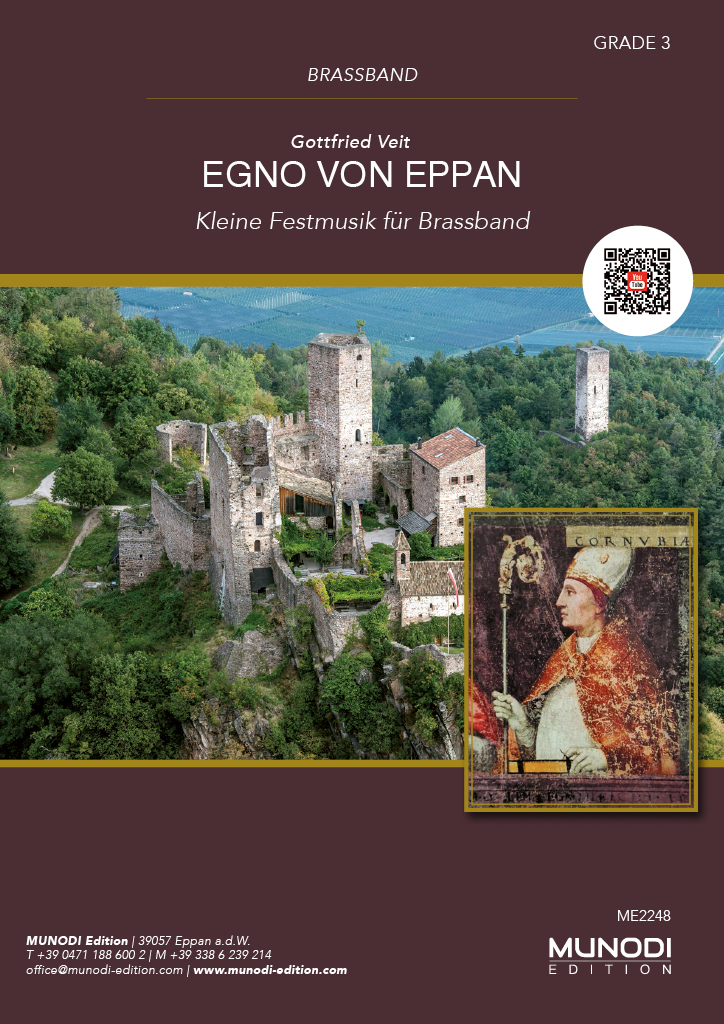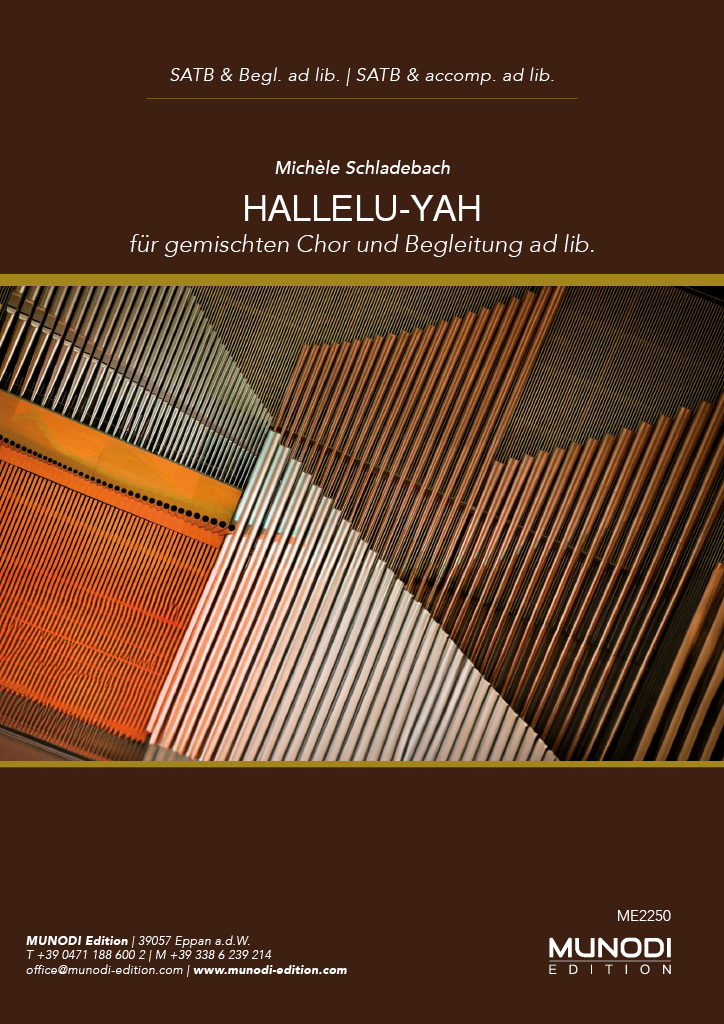Gaudium
The Latin term GAUDIUM means (inner) joy, pleasure, enjoyment or sensual pleasure.
We know this expression above all from the world-famous student song entitled “Gaudeamus igitur”, which the German poet Christian Wilhelm Kindleben wrote and published in Latin in 1781. The first two lines mean “Let us be happy because we are still young”. It is therefore a song that calls on us to live and enjoy the “here and now”. Even the ancient Romans said: “Carpe diem”, which can be translated as “seize the day”.
The composition GAUDIUM for ten clarinets by Gottfried Veit attempts to musically depict “Gaudi”, as it is popularly known, in a very unique way. Especially in rural areas and on mountain pastures, it is not uncommon to hear “Ländler” and “Zwiefache” played by an accordion or a few clarinets in jolly company. Indeed, the clarinet is virtually predestined to create an atmosphere of folk exuberance. “Ländler” and “Zwiefache” are equally capable of expressing the mood of joy. The basic melodic material of this piece comes largely from the inexhaustible wealth of traditional folk music. However, to prevent this polyphonic composition from slipping into a certain primitiveness, the melodies here mostly appear in four-note parallels and the characteristic accompanying chords are enriched by secondary tone settings. “Ostinati” also contribute time and again, with a certain wink, to “falsifying” the traditional folklore.
As the contrabass clarinet is rarely encountered, the instrumentation of this piece was designed in such a way that it can also be performed without this particular bass instrument.











